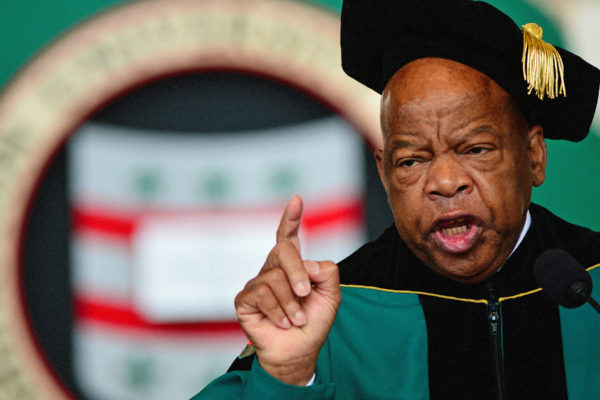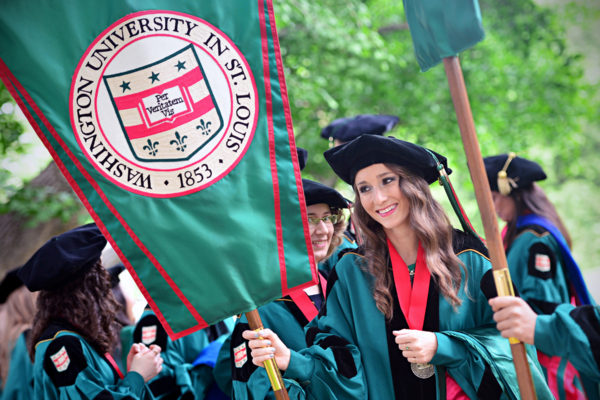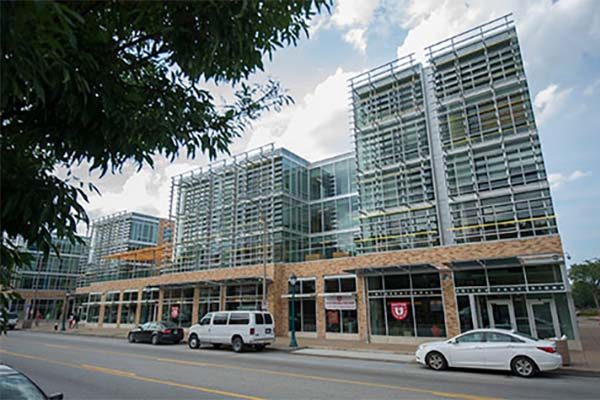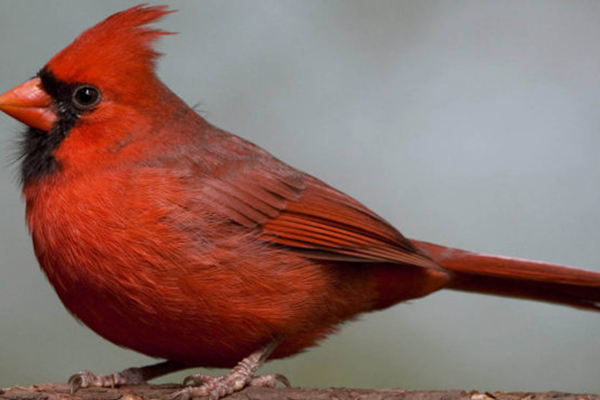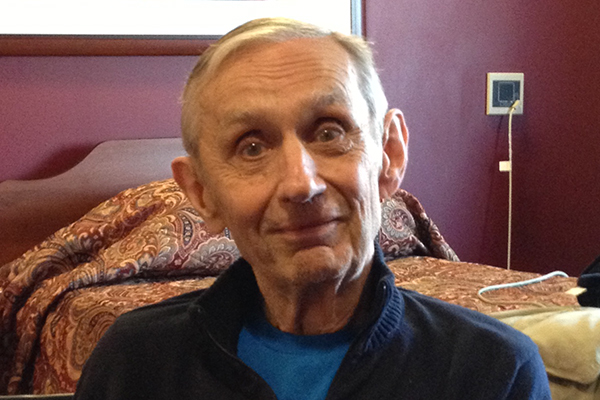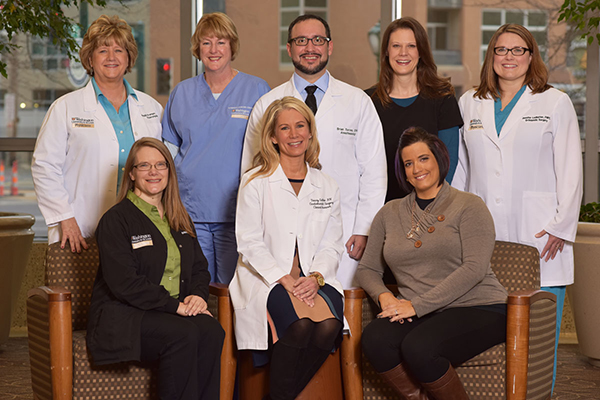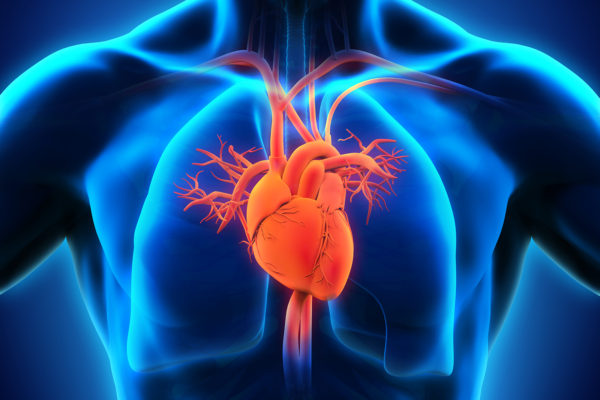‘Find a way to get in the way,’ Lewis urges students
More than 2,900 graduates and 12,000 family and university members gathered in Brookings Quadrangle to celebrate the 155th Commencement ceremony May 20. “You must leave here and get in the way,” U.S. Rep. John Lewis told the graduates. “When you see something that is not fair, not right, not just, you must have the courage to stand up, to speak up and find a way to get in the way.”
Celebrating the Class of 2016
This morning, more than 2,900 Washington University in St. Louis undergraduate, graduate and professional students will enter Brookings Quadrangle as degree candidates and leave as graduates after Chancellor Mark S. Wrighton confers their degrees.
Lofts of Washington University named a finalist in global real estate competition
The Lofts of Washington University, located on the Delmar Loop in University City and the city of St. Louis, has been named a finalist in the 2016 Global Awards For Excellence by the Urban Land Institute (ULI). The prestigious award celebrates outstanding real estate development and design.
How did cardinals get those bright red feathers?
Researchers at Washington University School of Medicine in St. Louis and colleagues have discovered the gene that produces the brilliant red color in male birds that is so attractive to females. The study is published online May 19 in Current Biology.
Obituary: Robert Morrell, professor emeritus, 86
Robert E. Morrell, a professor emeritus who taught Japanese literature and Buddhism at Washington University in St. Louis for 34 years, died May 11, 2016, in St. Louis after a brief illness. He was 86.
MEDIA ADVISORY: Washington University Commencement is 8:30 a.m. Friday, May 20
Washington University’s 155th Commencement is at 8:30 a.m. Friday, May 20, in Brookings Quadrangle. The university will award 3,117 degrees to 2,970 undergraduate, graduate and professional students. The university also will bestow honorary degrees on five individuals.
School of Medicine nurses honored
Two School of Medicine nurses have received the 2016 Excellence in Nursing Award from St. Louis Magazine, while six others were finalists. The annual awards, announced in April, honor local nurses who have made a difference in the lives of their patients and colleagues.
Barch, Ley, Boime to be honored
Deanna Barch, a leading researcher on the role of cognition, emotion and brain function in illnesses such as schizophrenia and depression; Irving Boime, a developmental biologist; and Timothy Ley, MD, an expert in cancer genomics and leukemia, will be honored by Washington University in St. Louis, Chancellor Mark S. Wrighton has announced.
Research suggests new contributor to heart disease
Medical professionals have long known that the buildup of plaque in arteries can cause them to narrow and harden, potentially leading to a whole host of health problems — including heart attack, heart disease and stroke. While high blood pressure and artery stiffness are often associated with plaque buildup, new research from engineers at Washington University in St. Louis shows they are not the direct causes. Their findings suggest a new culprit: elastic fibers in the arterial wall.
Anthropology student Walsh Lang honored for HIV work in Uganda
Colleen Walsh Lang, a graduate student in sociocultural anthropology in Arts & Sciences, has been selected to receive the HIVMA student award in recognition of her research on HIV-infected children in Uganda.
View More Stories
